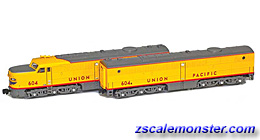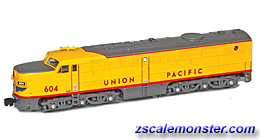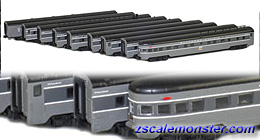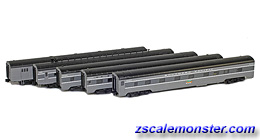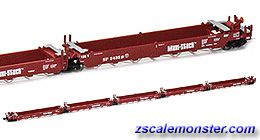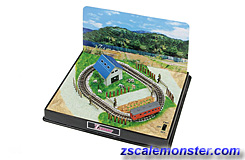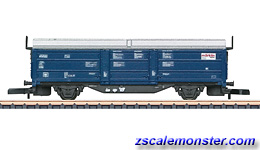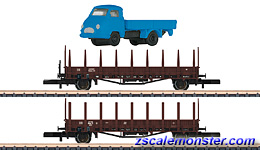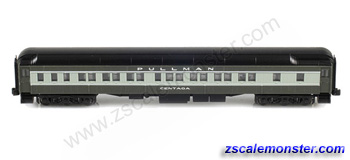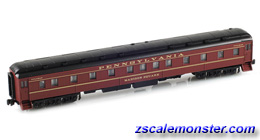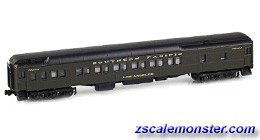

|
• Back to Z Sitemap
• Email for help |
• |
Congress enacted the Consumer Product Safety Improvement Act of 2008 and we must now note that these ARE NOT TOYS, AND ARE NOT INTENDED FOR USE BY CHILDREN UNDER AGE OF 14. These products are Model Railroad Equipment and Accessories intended for use by adults. |
| Fall 2025 • Limited Time Specials |
|---|
|
Limited Time Special Terms!
|
| Union Pacific • ALCO PA1 |
|---|
|
|
| SP and RI Golden State • EMD E7A-B Set |
|---|
|
| Southern Pacific • Lark • Set #B |
|---|
| Southern Pacific • Cascade • Set #B |
|---|
|
| Gunderson MAXI-I Articulated Cars |
|---|
|
| Southern Pacific |
|---|
|
| K-Line Rail Bridge RBCX |
|---|
|
| Union Pacific Heritage • KATY • EMD SD70ACe |
|---|
|
| Union Pacific Heritage • CNW • EMD SD70ACe |
|---|
|
| Union Pacific Heritage • MoPac • EMD SD70ACe |
|---|
|
| Rokuhan • Z Shorty Mini Layout |
|---|
|
|
|
|
|
|
|
|
|
|
|
|
|
|
|
|
Specials for 2025 and beyond...
|
|
Go to:
• Back to top • Email for help |
• Z Sitemap • ZSM Home |
|
|
